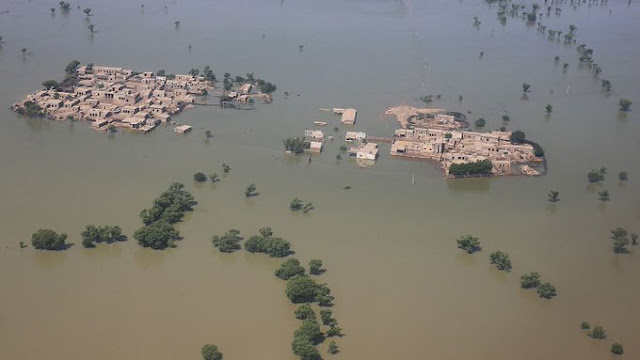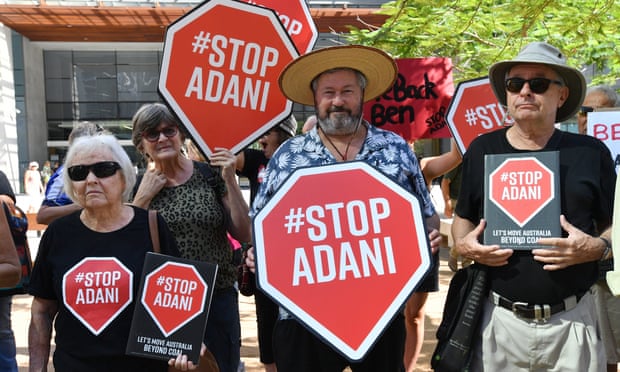During my undergraduate days, I often broke my trip home with a stop at my aunt's home in Ranipet. The industrial township was similar to, but a lot smaller than, the township where I grew up. It was a stop that I much looked forward to. Especially when I was fighting the angst within, unhappy with engineering, disgusted with the college and the town, and increasingly feeling out of place in the country and culture in which I was born and raised, it was soothing and therapeutic to be welcomed like I was by my aunt, uncle, and the cousins.
Years have gone by. Decades, actually. During the recent, but longer-than-normal, stay in India, the eldest cousin recalled those old days, which now come across as one of the best times of our younger years. She and her sisters, who are a lot younger than I am, would apparently wake up on Saturday mornings hoping that I had arrived Friday night after they had gone to sleep.
Back then, before cellphones and the internet, rarely did we get any prior notice about people visiting. Instead, almost always it was a surprise visit. A pleasant surprise. Visits that generated a kind of happiness that was unadulterated. A happiness that lingered in the air for a long while after the visitors returned to their own homes. A happiness that does not seem within my grasp anymore. A happiness that I think is beyond the imaginations of today's ten-year olds.
As we grow older, the childhood years seem more and more magical, angst and all. It is almost as if they never happened and they are all in my/our imaginations. They seem fantabulous and an impossible contrast to contemporary life and the childhood of now. Recently, after recalling an event from his younger years, my father echoed the same sentiment: "Sometimes I wonder if they really happened."
My uncle had a turntable. A record player, as we called them. And a few vinyls--records. After blowing the dust off, I would play a few.
"What's the Hindi film song that I played a lot?" I asked the cousin.
She didn't even have to think about it. "तेरी आँखों के सिवा दुनिया में रक्खा क्या है"
There was another song that I played a lot. It was not Hindi film music. Nor was it Tamil. It was the theme song from Come September. I have always wondered how my uncle had that in his possession. It will remain a mystery forever. (I am assuming that it was my uncle who bought it, and not my aunt.)
Perhaps his familiarity with that tune was no different from why I was at home with it, even though I had no idea then about Rock Hudson or Bobby Darrin. No, it is not any ancient Indian swami trick to know something within. It is just that the Come September theme had been imported to Tamil through a movie song! But, there was no comparison. The original is, as we say here, the real McCoy. I don't suppose Bobby Darin earned even one paisa for the Tamil movie song though ;)
Good times were had. They were real and spectacular.













